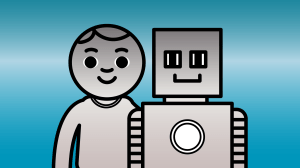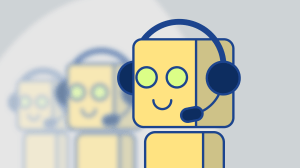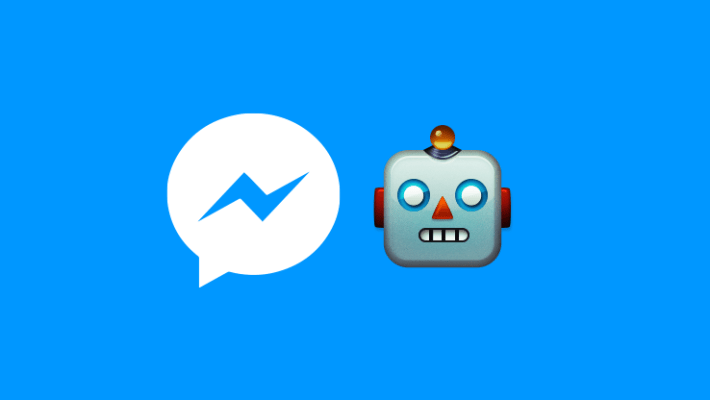As we see the ecosystem continue to develop, bots are increasingly showcasing a wide variety of features, from chat to menus to buttons and visual interfaces. Some bots now almost look like full-fledged apps with a variety of feature-rich options. So it begs the question… what exactly is a “bot”?
At the beginning, bots were simply chatbots, a robot you could interact with through chat. If you wrote “ping,” it would respond “pong” as an automated response. Typically, a bot would be useful to retrieve information for you, alert you at the right time or play a game with you. Very basic, very simple.
When we opened the Messenger platform, it was natural to refer to these new experiences that developers could build for our users as “bots.” Some would tell you the weather, others would send you news, all of this automated and through chat.
But as developers built more and more valuable and delightful experiences for consumers and businesses, leveraging all the tools in our platform, it became clear that “bots” were about much more than chat.
 Bryce Durbin/TechCrunch
Bryce Durbin/TechCrunch
First, using text to interact with a bot is just one form of user input. Indeed, 40 percent of WeChat users interact daily with a bot and almost all of them interact with these bots through UI, buttons and menus to extract detailed information and complete tasks. Additionally, voice input such as Alexa is another form of input that’s gaining wide acceptance and growing rapidly with regards to interaction. Second, text is not always the best way to respond to the user.
If I ask for available flights for Rome, chances are I prefer viewing the results as a nice graphical interface, which is more readable than a series of text messages. And if I’m driving, I might actually want to listen to a highlight of my travel options.
So bots shouldn’t be limited to their “chatbot” ancestors, and the most efficient ones are actually able to blend all of these capabilities. For example, they might start as a conversation, open up a webview to show a visual and socialize the experience by sharing content with a friend. Or perhaps start with a simple website within Messenger, and only open the chat session when the user is ready. And we even look at the notion of bots being human-powered: Unsurprisingly, some of the lowest-hanging fruits right now are in customer service, where simply switching from regular SMS-based customer support to Messenger dramatically enhances the user experience.
If we take a step back and look past these technicalities and different options (chat/ui/voice), we can focus on the real power of bots and see them for what they really are: automated agents, remotely working for you to accomplish a simple task.
 Bryce Durbin/TechCrunch
Bryce Durbin/TechCrunch
They could be searching for hours for the best travel option, freeing you to do something else, and notifying you when they’re done (SnapTravel, Hipmunk). They could be set up to alert you on price drops for that beautiful bag you’ve expressed interest in, or to send you personalized content on your favorite artist. They could run in the background on your bank account, helping you save money automatically (Digit). They could even challenge a parking ticket, or help refugees file for asylum (DoNotPay).
Every day we hear about a new valuable use case, and ultimately every service that can be automated through continuous progress on AI will become a bot. It will have a simple goal like booking a flight, alerting you on price and saving you money. It will also have an interface, i.e. a way for you to ask it to do something, and a way to tell you it’s done. And THAT shift is a big deal.
Why?
The search market is huge, we all know that. Now imagine you could type this in your favorite search engine: “Hey, should I renegotiate my mortgage?” Instead of mere search results, a mortgage bot would pop up suggesting a better deal, and close it for you.
It will save you thousands of dollars, and take a small commission in exchange. In this example, search merely surfaces the intent (better mortgage), while the bot fully completes the intent (full renegotiation) and brings significantly more value to the consumer in the form of time and money saved.
That is the real promise of the bots: an army of automated agents, collaborating to work for you, unleashing huge value for consumers and entrepreneurs. And that’s why we’re so bullish to work with our developers every day on the Messenger platform, to build tools that they can then use to create these useful and valuable experiences.
